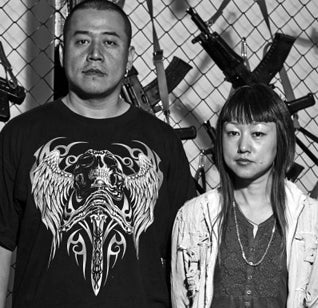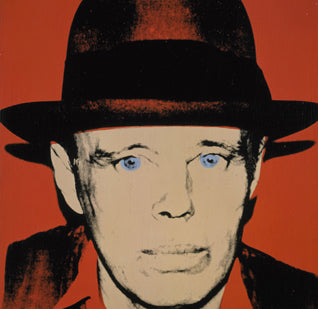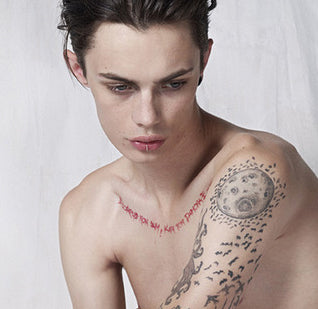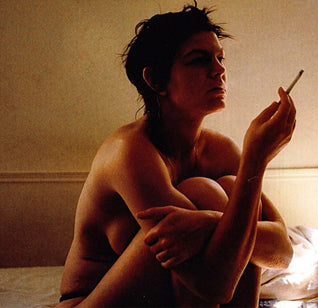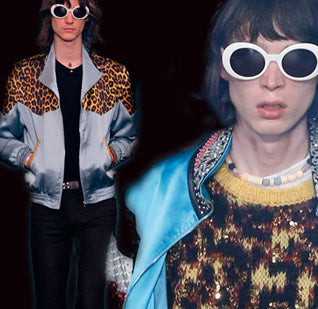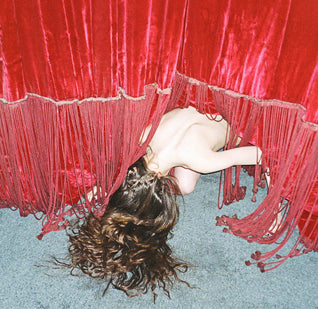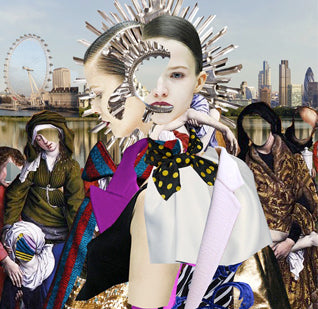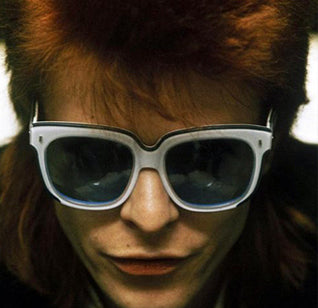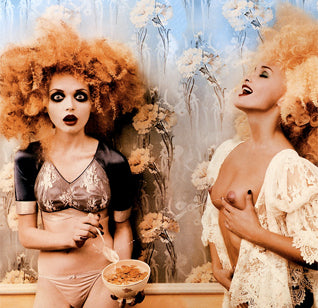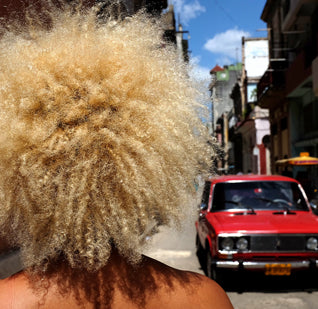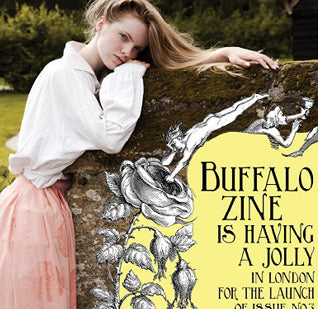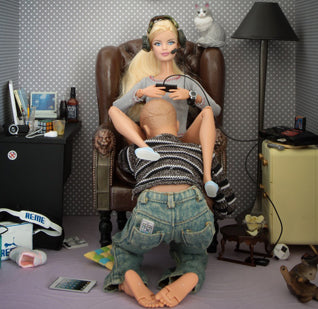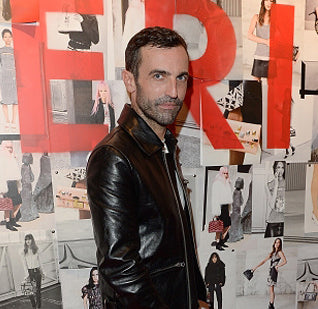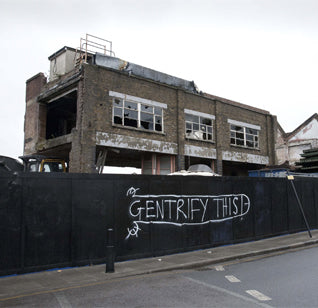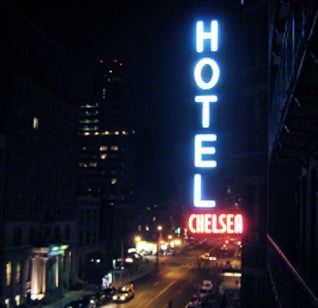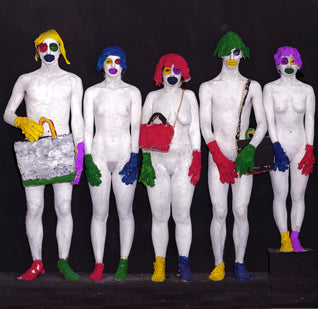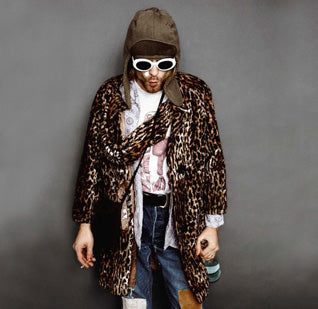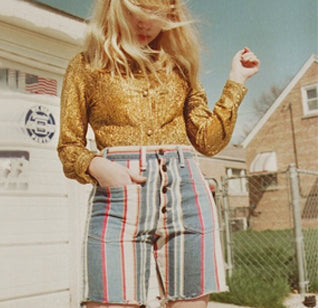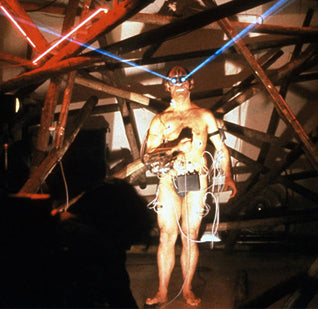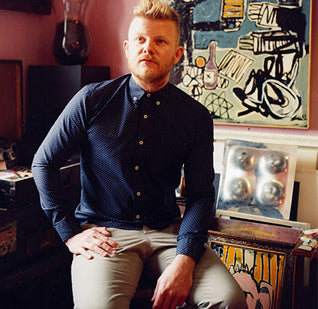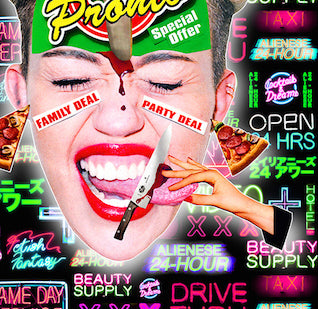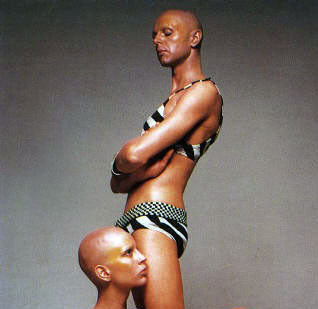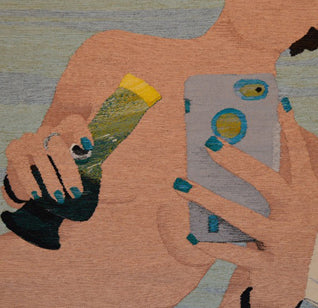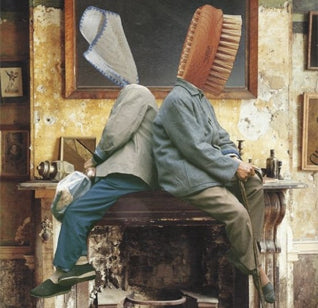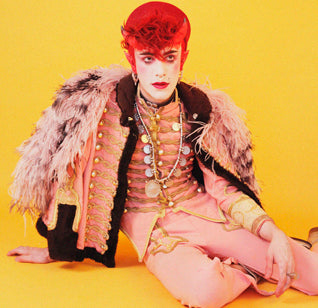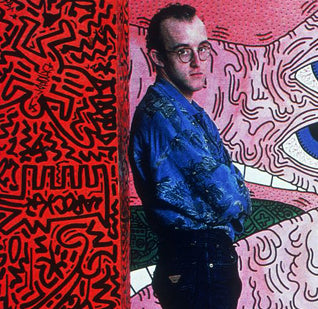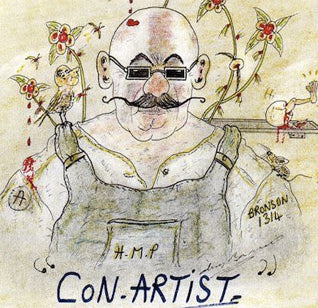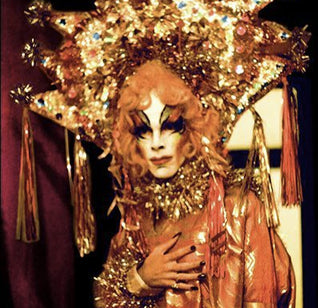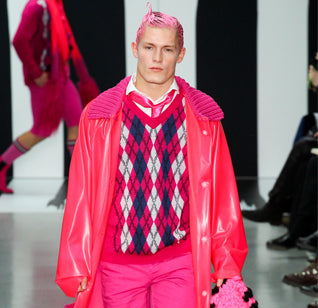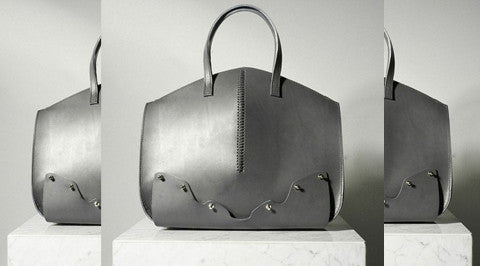PARTIES FOR THE GODS
We list the best blow outs since the sixties
by KOD Staff
If you can remember the best party you’ve ever been to, it probably wasn’t very good. From Studio 54 to The Berghain, we look at the best night (and day) outs since the sixties. These were the clubs and festivals that challenged the mundane everyday by creating extraordinary moments in the history of counter culture.
THE FACTORY
New York, US
1962 – 1968
![]()
Edie Sedgwick, a reguar at Warhol's Factory, 1960s
A hang out for artists on amphetamines, Andy Warhol’s original studio was a place for parties as well as work. The Factory was covered in aluminum foil and even the toilet bowl was painted silver. Billy Name found a red couch on the street and the piece became a firm feature of The Factory. It was an open atmosphere in terms of drugs and the space also took full advantage of the sexual revolution – there were porn films, weddings between drag queen and vulgar plays.
UFO
London, UK
1966 - 1967
![]()
Hippies Outside UFO by Chris Morris, 1960s
UFO was a psychedelic club, founded by John “Hoppy” Hopkins – owner of London’s anti-establishment newspaper, The International Times. Catering to an audience mostly on LSD, a regular night would see King Kong projected on one wall, Pink Floyd playing on stage and a light show all at once. Sometimes Susie Cream Cheese, of Frank Zappa and the Mothers of Invention, would call the club from her psychiatric hospital. They would put her on the speakers so she could the crowd could listen to her monologue.
TRUMAN CAPOTE’S BLACK AND WHITE BALL
Plaza Hotel, New York, US
1966
![]()
Black and White Ball, 1966
The Black and White ball cost Truman Capote $16,000 and took three months to plan. After the success of ‘In Cold Blood’, the writer had been recently ingratiated into the New York celebrity scene and the lavish masquerade ball seemed to be an effort to cement his social status. Inspired by the Ascot scene from My Fair Lady, the gathering included Penelope Tree, Norman Mailer and Tennessee Williams. At midnight, Capote blocked the exit when Frank Sinatra and Mia Farrow tried to leave. They eventually escaped, taking many guests with them.
WOODSTOCK FESTIVAL
White Lake, US
1969
![]()
Woodstock Festival, 1969
“Woodstock Music and Art Fair” was a pivotal moment in American counter-culture. Although only 186,000 tickets were sold, around 500,000 people attended. On the final day, one organizer, Dairy farmer Max Yasgur celebrated the event’s peaceful nature. He told the crowd, "You have proven something to the world... that half a million kids can get together and have nothing but fun and music."
STUDIO 54
New York, US
1977 – 1981
![]()
Bianca Jagger and Andy Warhol at Studio 54, 1970s
Studio 54 was always filled with celebrities. Its parties were extravagant: one New Years’ Eve, four tons of glitter was poured onto the dance floor and Bianca Jagger rode into the club on a white horse for her 30th birthday. Upstairs was the rubber room, where couples could have sex and the space had a reputation for drugs. Warhol called the club, a dictatorship at the door and a democracy inside. It was notoriously difficult to get into and at one point you could even buy maps claiming to show secret tunnels, leading from the subway to the club.
CBGB
New York, US
1973 – 2006
![]()
CBGB, 1970s
During the 70s and 80s, CBGB was home to American punk. Bands like Blondie, The Ramones, The B-52’s and The Talking Heads would play, drawing crowds of punks and rebels from across America. The venue had two rules for its performers: no covers and they would have to move their own equipment. This was no glitzy Studio 54, the club was a dive and slightly dilapidated – the walls plastered with stickers and graffiti.
HACIENDA
![]()
Shaun Ryder performs with The Happy Mondays at The Hacienda, 1989
Iconic during the late 80s and early 90s, Hacienda was instrumental in the rise of acid house and rave culture. It was labeled the most famous club in the world by Newsweek Magazine. Financed by members of New Order, the club was also a regular haunt of The Smiths, Echo & the Bunnymen and Madonna. The venue had an industrial aesthetic and was decorated in black and yellow stripes. It struggled financially during its existence as rampant drug use meant people barely bought drinks.
BERGHAIN
Berlin, Germany
2004 – Present
![]()
The Berghain, 2000s
The doors to Berlin’s famous techno club is often guarded by the imposing figure of Sven Marquardt – the tattoo’ed bouncer who is notoriously picky with who he lets in. The Berghian is renowned for its liberal gay culture and hidden in the former power plant are a spattering of “dark rooms” and sex swings. No mirrors or reflective surfaces can be found anywhere in the club and the bouncers enforce a strict ban on photography.
Come party with us next week. Find out more.

